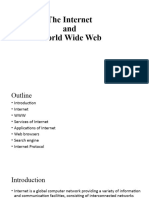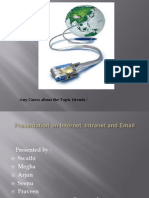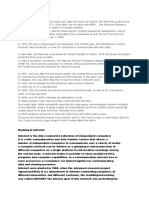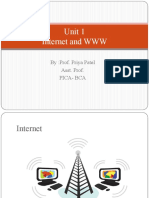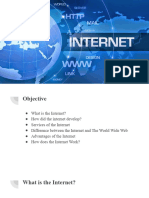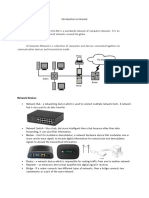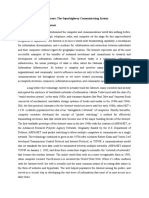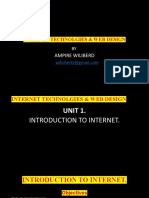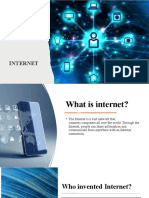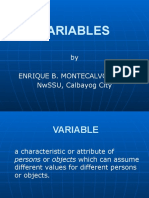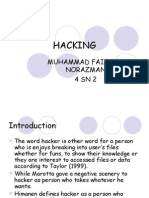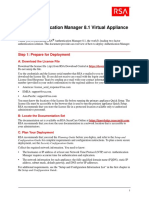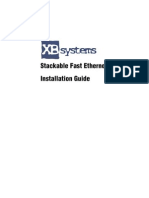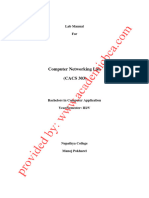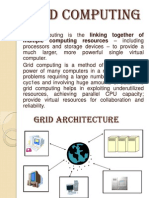0% found this document useful (0 votes)
31 views30 pagesInternet 2
It discuss all about the internet, history, usage, advantages and disadvantages
Uploaded by
Gerald James IgnacioCopyright
© © All Rights Reserved
We take content rights seriously. If you suspect this is your content, claim it here.
Available Formats
Download as PPTX, PDF, TXT or read online on Scribd
0% found this document useful (0 votes)
31 views30 pagesInternet 2
It discuss all about the internet, history, usage, advantages and disadvantages
Uploaded by
Gerald James IgnacioCopyright
© © All Rights Reserved
We take content rights seriously. If you suspect this is your content, claim it here.
Available Formats
Download as PPTX, PDF, TXT or read online on Scribd
/ 30



